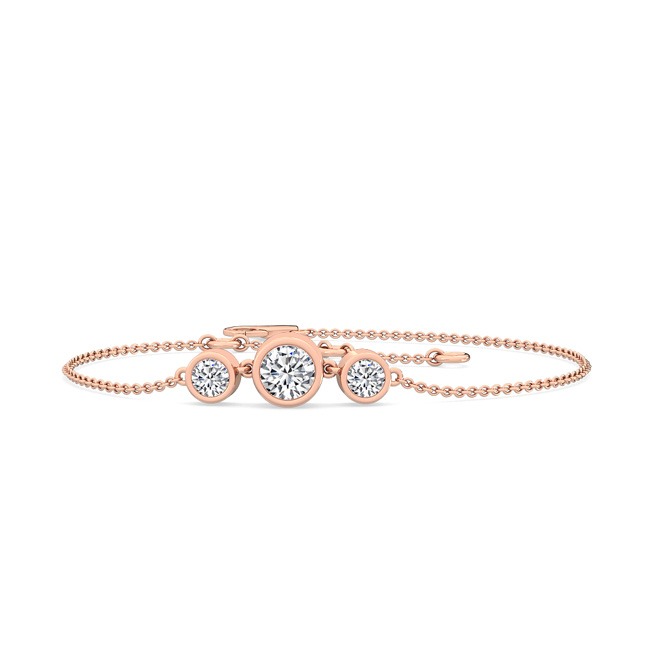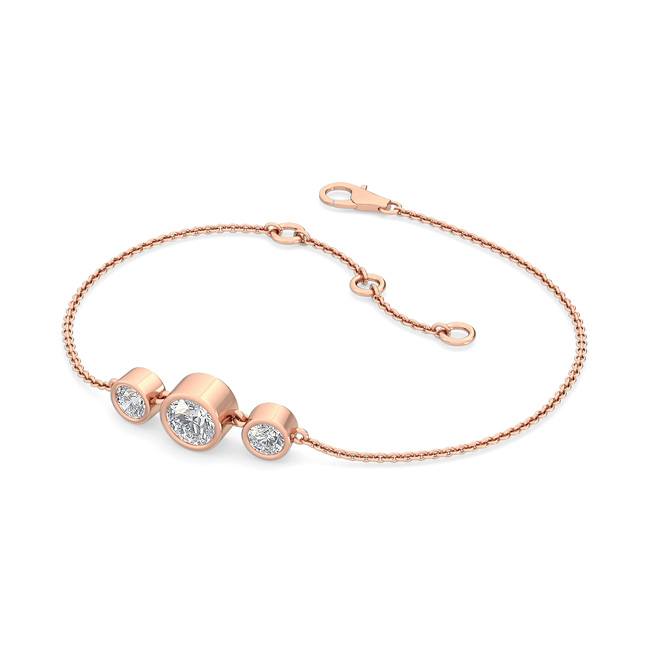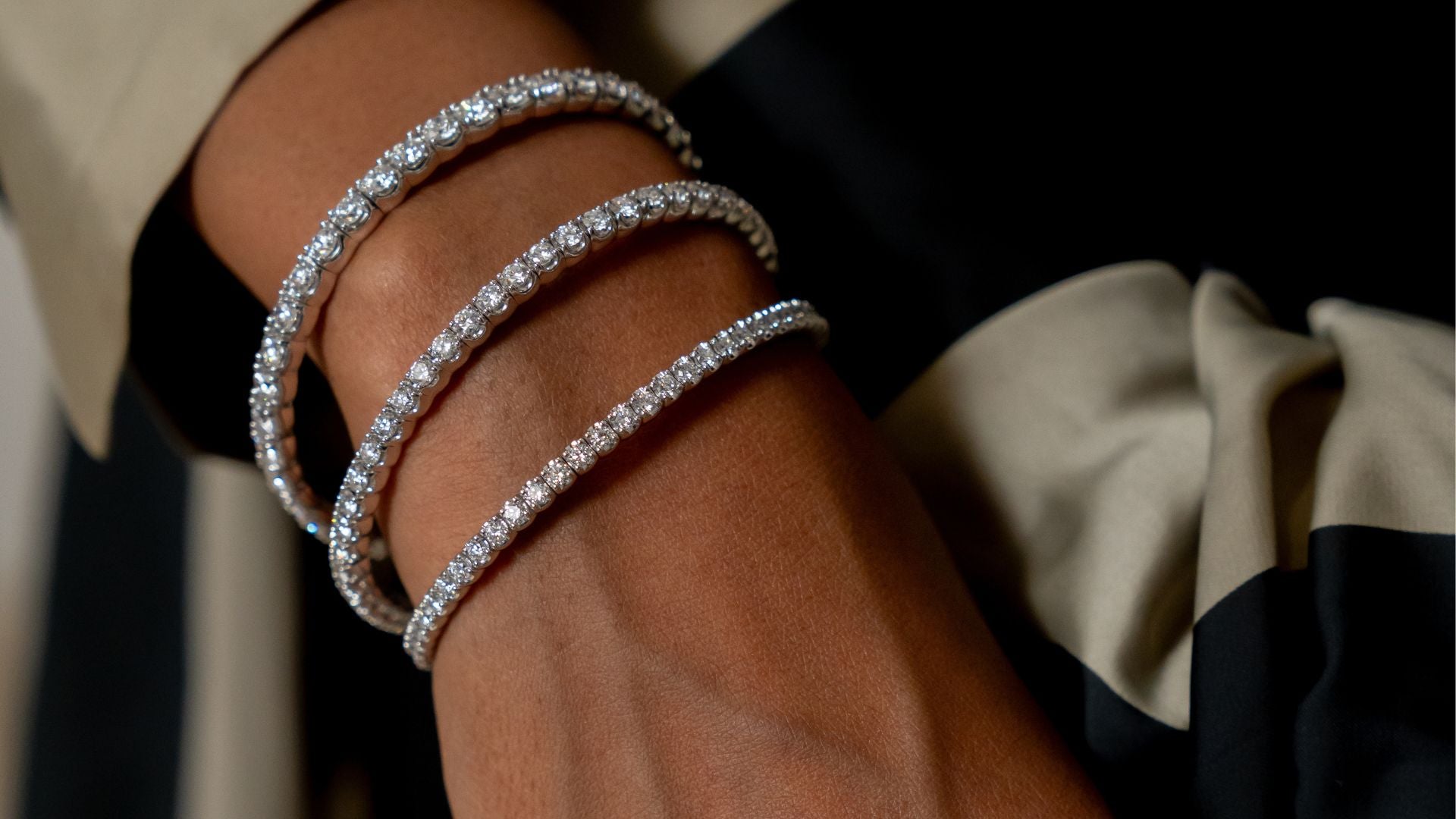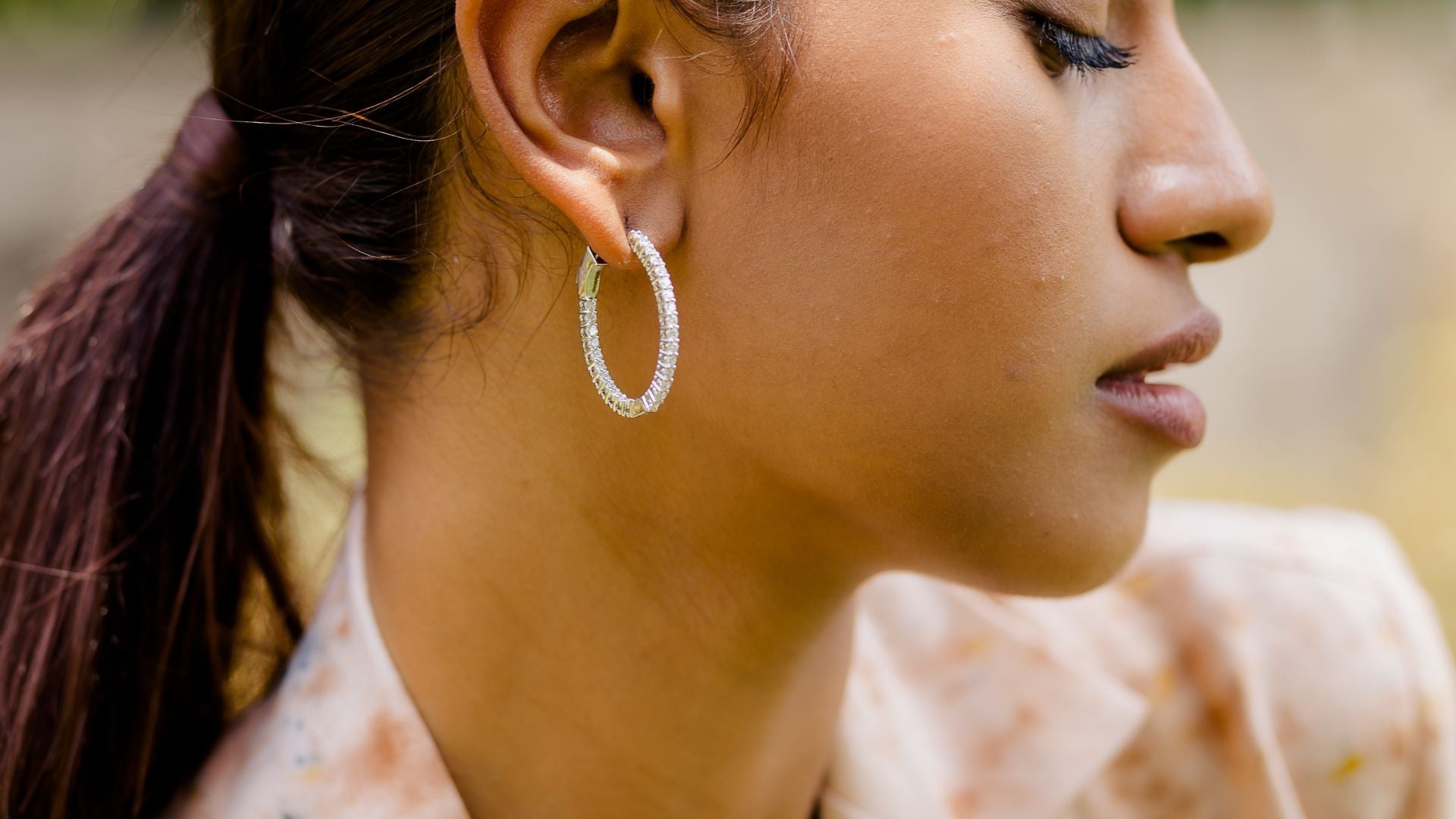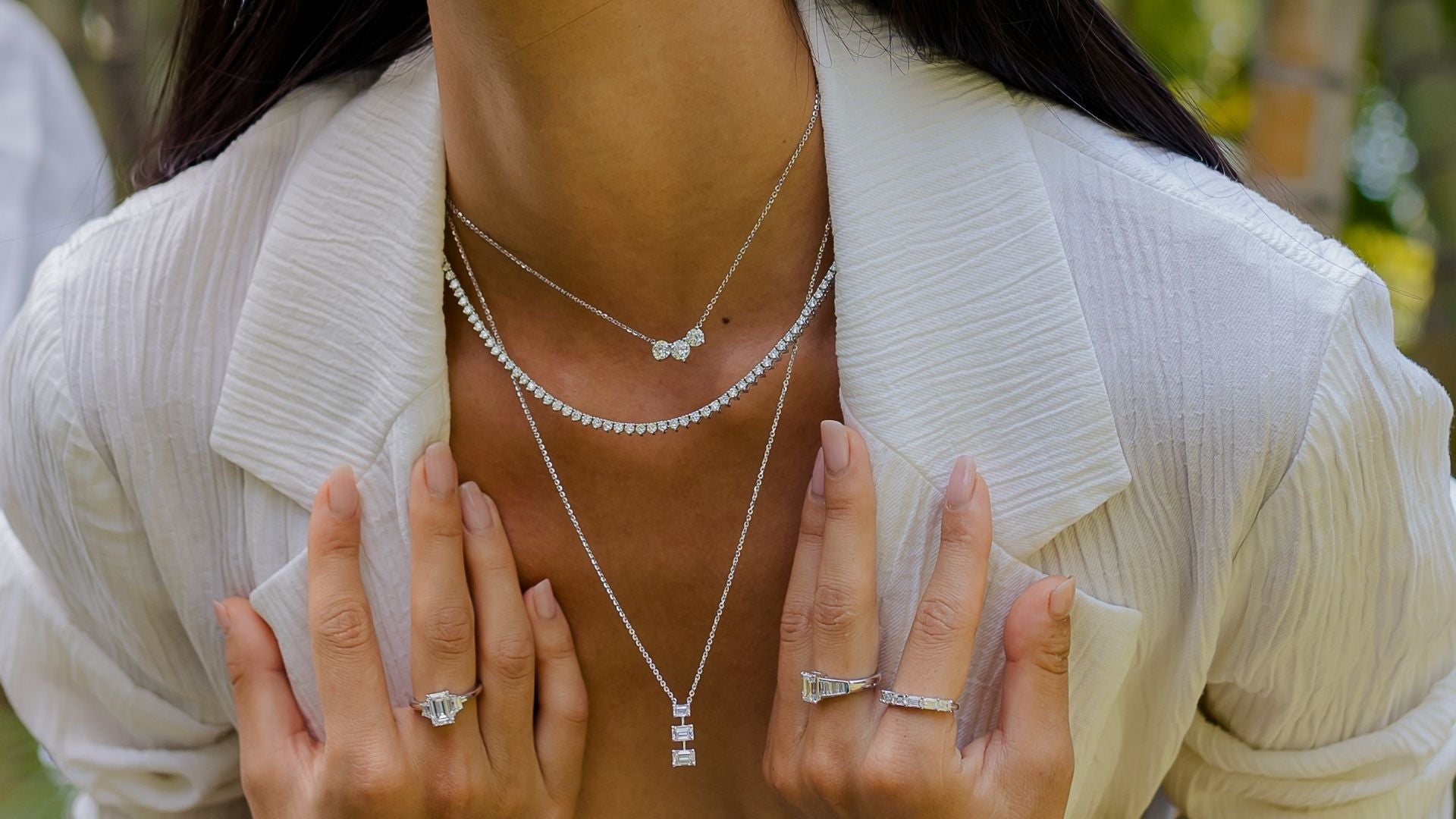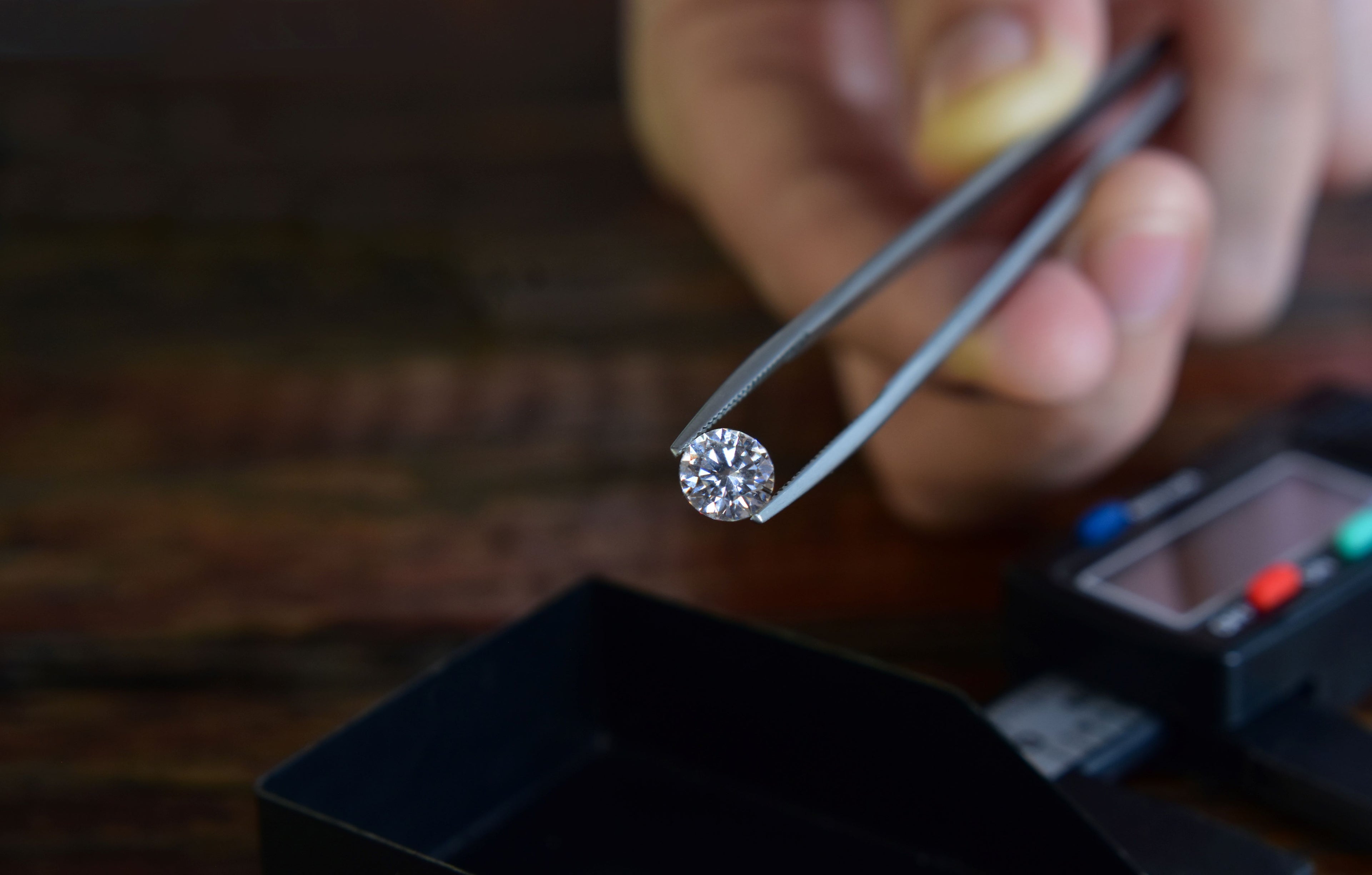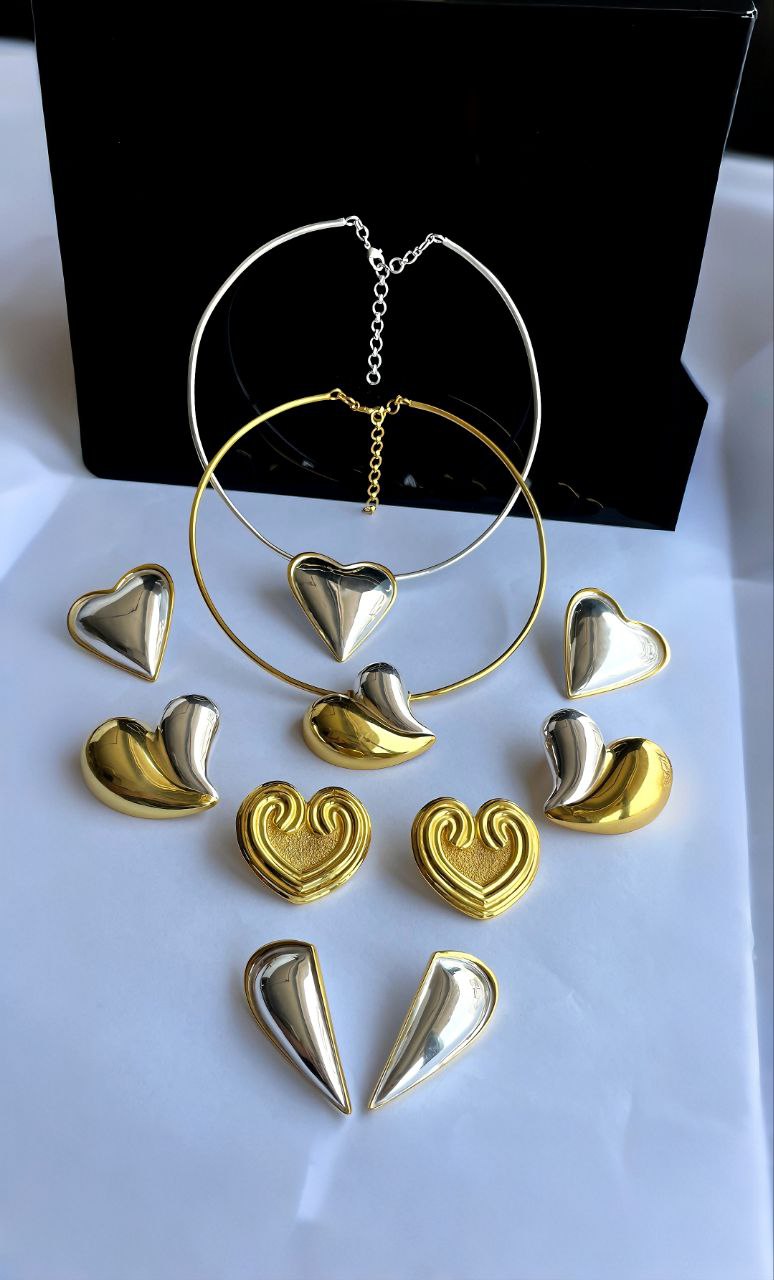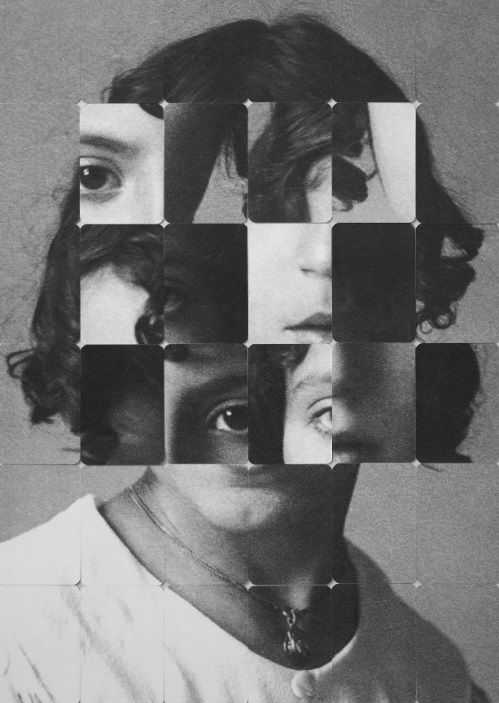Buying a diamond is a significant decision, especially for first-time buyers. Understanding how to evaluate a diamond can make the process smoother and ensure you get the perfect gem. This guide will walk you through the essential "4 Cs" and offer tips for making the right choice, along with a comparison of popular diamond shapes.
-
The 4 Cs: Understanding Diamond Quality
The 4 Cs are the universally accepted standards for assessing the quality of a diamond. Here’s what you need to know:
- Cut: The cut refers to how well a diamond’s facets reflect light. A well-cut diamond will sparkle brilliantly, even if it has lower color or clarity. The cut is often considered the most important of the 4 Cs. Look for Excellent or Very Good cut grades for the best brilliance.
- Color: Diamonds are graded from D (colorless) to Z (light yellow). The closer a diamond is to colorless, the higher its value. Colorless diamonds (D-F) are the most sought-after, but near-colorless diamonds (G-J) can offer a good balance of quality and value.
- Clarity: This refers to the presence of internal or external flaws, called inclusions or blemishes. Diamonds are graded from Flawless (no inclusions) to Included (visible flaws). Most buyers opt for VS1-VS2 (Very Slightly Included), as inclusions are hard to spot without magnification.
- Carat Weight: Carat is the measure of a diamond's weight. Larger diamonds are rarer and more expensive, but carat weight alone doesn’t determine a diamond’s beauty—cut and proportion matter just as much.
- Tips for First-Time Diamond Buyers
- Set a Budget: Determine your budget before shopping. Remember, you don’t need to aim for perfection in every "C"—it’s about finding the right balance for your price range.
- Prioritize Cut: Among the 4 Cs, cut affects a diamond’s brilliance the most. A well-cut diamond will appear more vibrant even if it has slightly lower color or clarity.
- Go for Near-Colorless: Diamonds in the G-J range look almost identical to colorless diamonds but are much more affordable. You can also choose a yellow gold setting, which makes diamonds appear whiter.
- Choose Eye-Clean Clarity: Rather than paying for a flawless diamond, opt for a VS1 or VS2 clarity grade. These diamonds have inclusions that are nearly invisible to the naked eye, offering great value.
- Consider Certification: Always purchase diamonds with a certification from reputable labs like GIA or AGS, ensuring the quality you’re paying for.
-
Comparing Diamond Shapes
Choosing the right diamond shape is a personal decision, as it affects the overall look of your jewelry. Here's a comparison of the most popular shapes:
- Round: The most popular shape, known for its brilliant sparkle. Round diamonds maximize light reflection and work well in all types of settings. They tend to be pricier due to their high demand and cutting precision.
- Princess: This square-shaped diamond is known for its sharp angles and modern look. Princess cuts are great for those who want a lot of sparkle but at a slightly lower price than round diamonds.
- Oval: Similar to the round cut in brilliance, the oval shape elongates the finger and appears larger due to its extended surface area.
- Cushion: A combination of square and rounded edges, cushion cuts have a softer, vintage appeal. They offer good brilliance and can often be more affordable than rounds or ovals.
- Emerald: With its rectangular shape and step-cut facets, the emerald cut emphasizes clarity and luster over brilliance. It has a sophisticated, timeless look, but inclusions may be more visible in this shape.
- Marquise: This elongated, pointed shape makes the diamond look larger and is ideal for maximizing carat weight. Marquise diamonds are great for those seeking something bold and unique.
Conclusion
Choosing the perfect diamond comes down to understanding the 4 Cs and knowing which qualities are most important for your preferences and budget. Whether you prioritize cut for brilliance, carat for size, or shape for style, following these tips will help you make an informed decision.
